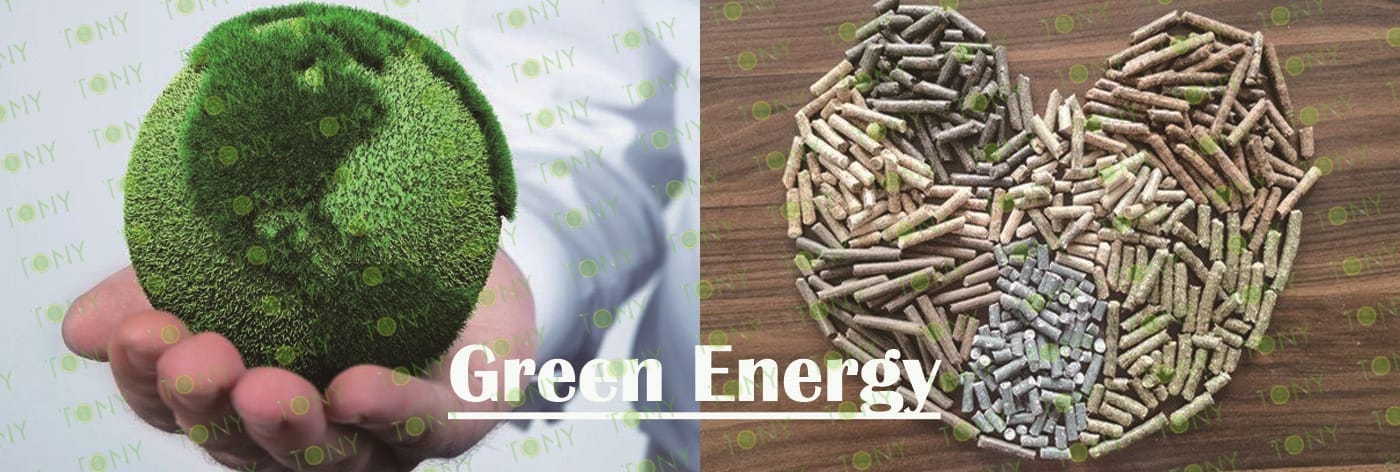The biomass pellet energy recycling project is a systematic project that converts biomass feedstock, such as agricultural and forestry waste, into clean solid fuel. It combines environmental benefits, energy replenishment, and economic benefits, making it a highly promising renewable energy project model in the global energy transition.
Project Core Elements: Raw Materials, Technology, and Products
1. Raw Material Source: Rooted in "Waste Resource Utilization"
The project's core competitiveness lies in the sustainable supply of raw materials, which primarily include:
Forestry waste: wood chips, branches, bark, and wood processing scraps (accounting for approximately 60%);
Agricultural waste: straw (corn stalks, wheat straw), rice husks, peanut shells, and cottonseed hulls;
Other biomass: sugarcane bagasse, palm shells, and edible mushroom residue.
Raw materials must be collected locally (typically within a transportation radius of 50 kilometers or less) to control costs and avoid ecological damage such as deforestation of primary forests.

2. Core Technology: Standardized Production Process
The project utilizes a complete set of equipment to transform raw materials into pellets. Key processes include:
Pretreatment: Crushing (crushing raw materials to 3-5mm) → Drying (reducing moisture content from 40%-60% to 10%-15% in a drum dryer);
Forming: Using a ring die pelletizer, the raw materials are extruded under high temperature and pressure into cylindrical pellets with a diameter of 6-10mm and a length of 20-30mm (density 1.1-1.3 tons/cubic meter);
Cooling and Screening: Cooling increases the hardness of the pellets, screens out fine particles, and ultimately packages them into 50kg bags or bulk.
Technical Highlights: The automated production line can produce 10-50 tons of pellets per day, with energy consumption limited to 80-120kWh/ton (lower than traditional fossil fuel processing).
3. End Product: Highly Adaptable Clean Energy
Biomass pellets have a stable calorific value (4200-4800 kcal/kg), a sulfur content ≤0.1%, and a nitrogen content ≤1.5%. They can directly replace coal and natural gas. Applications include:
Industrial boilers (heating for industries such as food, textiles, and papermaking);
Residential heating (home fireplaces, community heating);
Biomass power generation (as a fuel supplement for power plants).
The biomass pellet energy recycling project is a classic example of "transforming waste into energy." The key to its success lies in a stable raw material supply, efficient production processes, and diverse application scenarios.





















